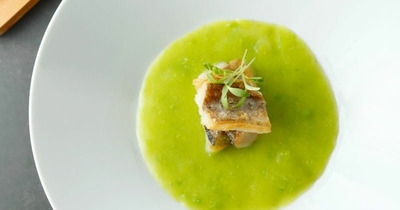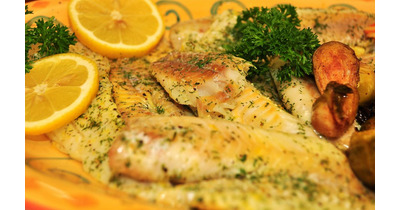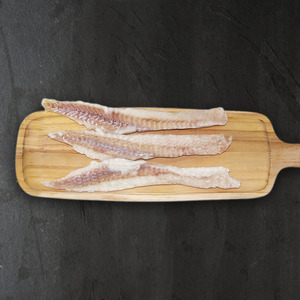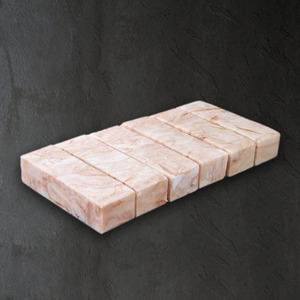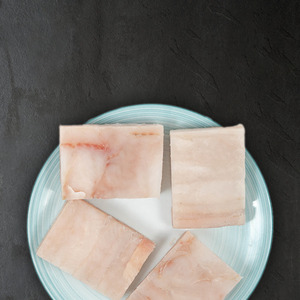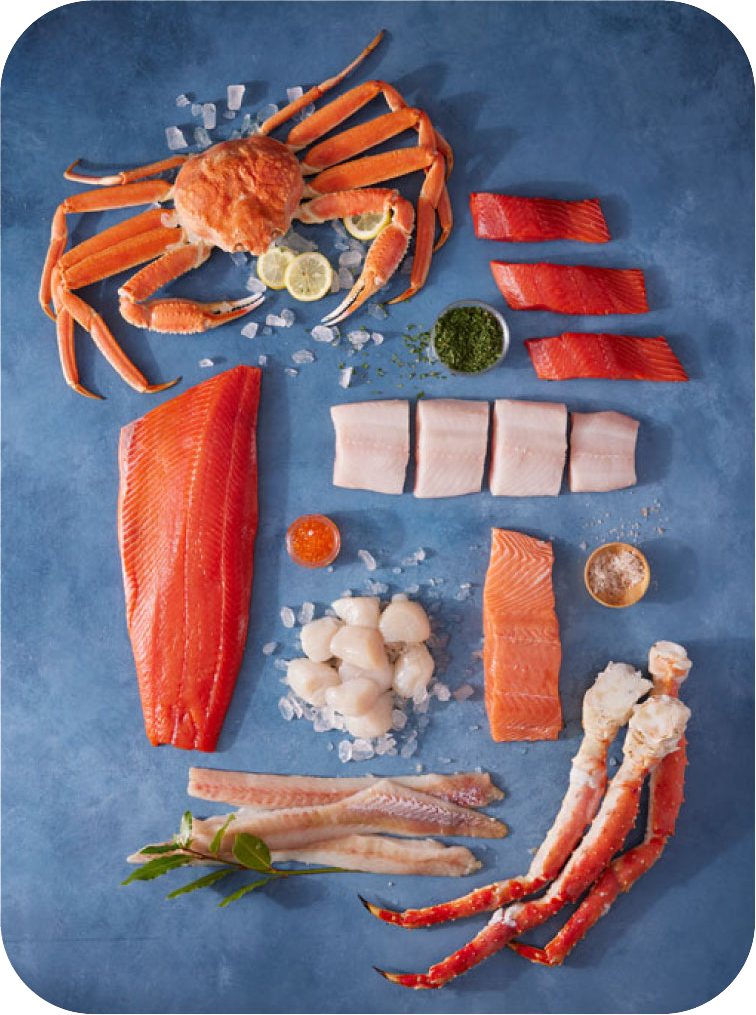Category
Related Recipes
Alaska pollock is commonly found in the waters around the North Pacific region. According to research, this type of fish has significant economic value, is beneficial for health, and is widely consumed by developed nations. Let's follow the detailed information about this fish in the article below.
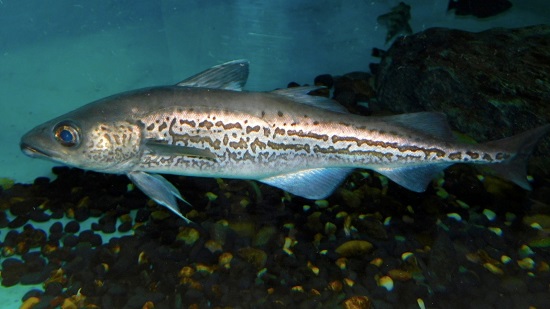
Characteristics of Alaska Pollock
Alaska pollock is characterized by its white flesh, small body, and three dorsal fins. Its fins are spineless, usually have whiskers, and can reach a maximum length of 2 meters. This species inhabits the seafloor and feeds on small fish or invertebrates, moving in schools and capable of long-distance travel.
It is important to distinguish Alaska pollock from Atlantic cod as these two types of fish have a similar appearance. Generally, Alaska pollock is smaller, has whiter flesh, and lower levels of Omega-3. During fishing, Alaska pollock is typically around 0.9kg in weight, but its maximum size can reach up to 2 meters.
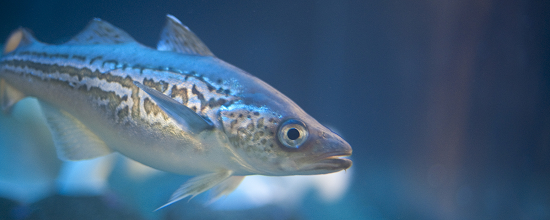
How is Alaska pollock harvested?
According to statistics, Alaska pollock is the most produced and consumed seafood in the United States. Each year, up to 1.3 million tons of Alaska pollock are caught and sustainably maintained. The fish are caught using specialized trawl nets, then processed, frozen, and exported to foreign countries.
Alaska pollock can be processed into various dishes, including fillets or surimi (a type of ground fish meat). With this ingredient, fast food chains often use it to make hamburgers, sandwiches, and other dishes. Additionally, surimi from Alaska pollock is commonly exported to Japan.
The health benefits of Alaska pollock
According to research, a 193g serving of Alaska pollock contains 178 calories, 38g of protein, 1.9g of fat, and many essential vitamins and minerals such as vitamin B12, selenium, phosphorus, calcium, potassium, iron, and magnesium. Therefore, this fish is considered beneficial for human health and provides numerous advantages, such as:
Improving cardiovascular health and reducing cholesterol levels: Thanks to the high levels of vitamin B12 and vitamin B6 present in Alaska pollock, they can help control cholesterol levels, reduce the risk of heart disease, and limit the presence of homocysteine, which can lead to stroke. Additionally, the selenium in the fish can reduce high blood pressure and lower the risk of coronary artery disease.
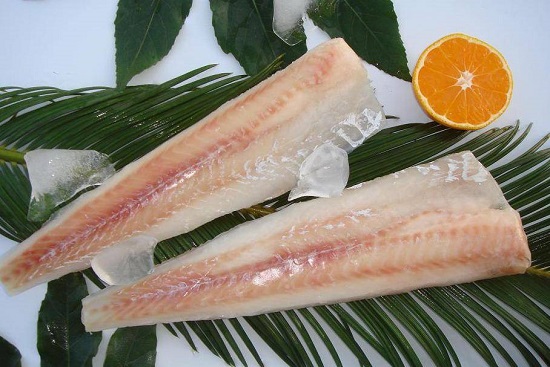
Weight loss:
Alaskan pollock contains a lot of healthy fats that do not accumulate excess fat tissue that causes weight gain. Combining fish with exercise also supports quick weight loss. The high protein content in fish provides energy and limits starch intake, making the body less likely to gain weight.
Support pregnancy:
This is a source of food that provides many nutrients that support better fetal development. Vitamin B6 is good for the baby's brain, Omega-3 helps brighten the eyes and balance hormones. In addition, men with infertility problems can use Alaskan pollock with high levels of Niacin and DHA. This ingredient helps strong sperm development, effectively preventing erectile dysfunction.
Prevent cancer:
Omega-3 and Selenium are ingredients with high antioxidant properties, reducing the risk of developing cancer. They also slow down the process of cancer cell transmission. In addition, vitamin B2 also helps detoxify, enhance the immune system, and absorb nutrients better.
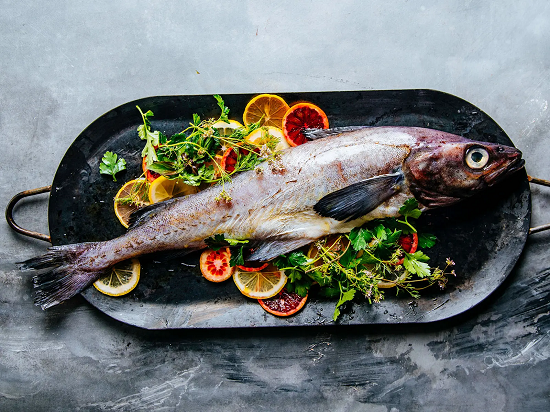
Good for brain and mood
Phosphorus is a good nutrient for the brain, especially for patients with Alzheimer's disease. The protein in fish also provides energy, helping the brain focus and transmit information better. Vitamin B6, vitamin B12, and omega-3 are also very good for memory.
Improves anemia
Alaskan pollock is often recommended by doctors for people with anemia. Thanks to the high content of vitamin B2, it helps synthesize steroid hormones, transport oxygen to other organs in the body, and produce red blood cells.
Nourishes healthy hair and skin
The final benefit of Alaskan pollock is to care for healthy hair and skin. Omega-3 and vitamin B12 are responsible for producing cells to keep hair healthy, skin smooth and shiny, and regenerate collagen to maintain youthfulness.
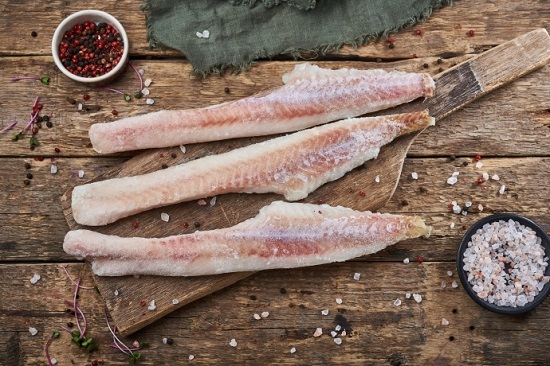
How is Alaskan pollock consumed?
Alaskan pollock is very popular in European countries and is frequently imported and consumed in Germany, France, the United States, and more. In 2013, Alaskan pollock was listed among the top 5 seafood species consumed in large quantities in the United States.
In Asian countries such as Japan and Korea, this fish is also widely sold. When buying this fish, prioritize fresh products caught within the past 2-3 days. If buying frozen products, look for reputable sources to ensure the quality of the fish. Overall, the Alaskan pollock fishing industry is considered sustainable and has significant economic value.
How to cook Alaska pollock?
Alaska pollock can be prepared in many different dishes. You can fry it or have it as a sandwich filling. However, experts recommend cooking it in a healthy way, such as steaming or using healthy vegetable oils. It is best to use oils such as olive oil, peanut oil, etc. if you want to prepare it as fried or stir-fried dishes.
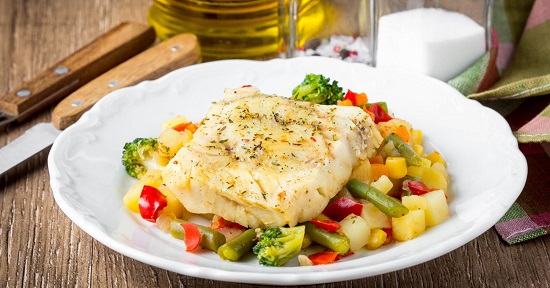
Additionally, Alaska pollock can be prepared with garlic butter sauce, served with potatoes, tomatoes, etc. These dishes are simple but ensure a healthy amount of good fats and essential protein.
Where to buy fresh and high-quality Alaska pollock?
Alaska pollock, also known as minh thái in Vietnamese, has high nutritional value and is good for your health. Therefore, you can confidently use this ingredient in your daily menu. However, it is important to choose a reputable place to buy fresh and high-quality pollock.
The Alaska Prime is a leading provider of imported seafood, including Alaska pollock. Here, you can find 3 detailed products as follows:
Alaska Pollock - Fillet
Alaska Pollock - Cut Block Portion (in stick form)
Alaska Pollock - Cut into pearls
Depending on your cooking preferences, you can choose the most suitable product for yourself. Alaska pollock here meets the criteria of FRESH - NUTRITIOUS - GOOD PRICE. Dishes with Alaska pollock will definitely be very beneficial for your body. Contact The Alaska Prime now for more detailed advice.
